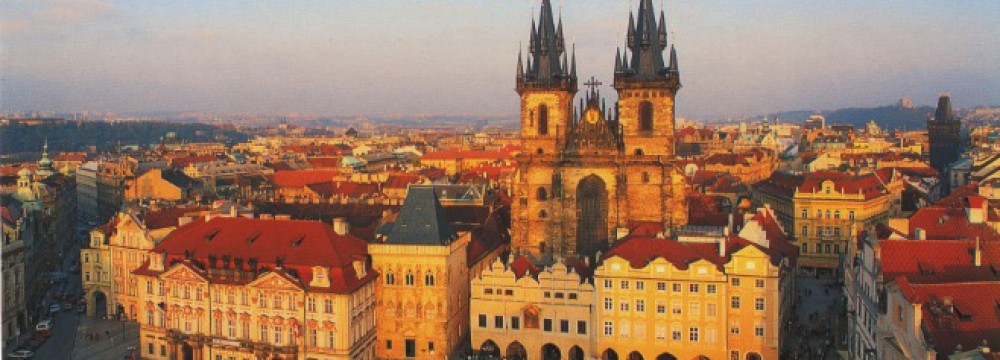
It’s increasingly rare to find a forest that hasn’t been shaped by human use. Ohikulkija/CC BY-SA 3.0
When I was small, there was a tremendous forest across the field from my great-grandmother’s house on San Juan Island. I called it the Black Forest, after the famous fairy-tale forest in Germany. It was everything I ever imagined a fairy tale forest would be and never went more than a few feet into the trees. I was terrified of becoming lost and wandering in the woods. I was certain that either Baba Yaga or the gingerbread-house witch would find us if we ever wandered too far under the great trees.
Forests are big, dark, and mysterious. They appear in many–if not most–fairy tales. Forests hide Big Bad Wolves. Witches hide their gingerbread houses in forests. Castles that belong to mysterious strangers are surrounded by forests. Sometimes the forest is itself enchanted. Forests are always dangerous and places of adventure that mark the edges of this world and the worlds of spirit and imagination.
Facts, folklore, superstitions, myths, and anecdotes about trees and forests have always fascinated us. A wonderful book came out recently, Forests in Folklore and Mythology, that makes these tales available all in one place and examines the threads or traits they have in common. Customs, temples and sacred groves; mythical forest creatures such as witches, fairies, demons, wood spirits, and wood nymphs are all in its pages.
Certain kinds of trees are associated with wisdom, life, or death. Celtic mythology tells us that birch trees are important in both the winter and summer to purify the world. Birches were celebrated during the festival of Samhain (what is now Hallowe’en)–bundles of birch twigs were used to drive out the spirits of the old year. Later this would evolve into the ‘beating the bounds’ ceremonies in local parishes, a festival in the springtime. Gardeners still use the birch brooms to ‘purify’ their gardens.
According to Atlas Obscura, the last of the great fairy tale forests can be found in Finland, or on the Carpathian or Balkan mountain ranges that slice across Romania and Bulgaria.
